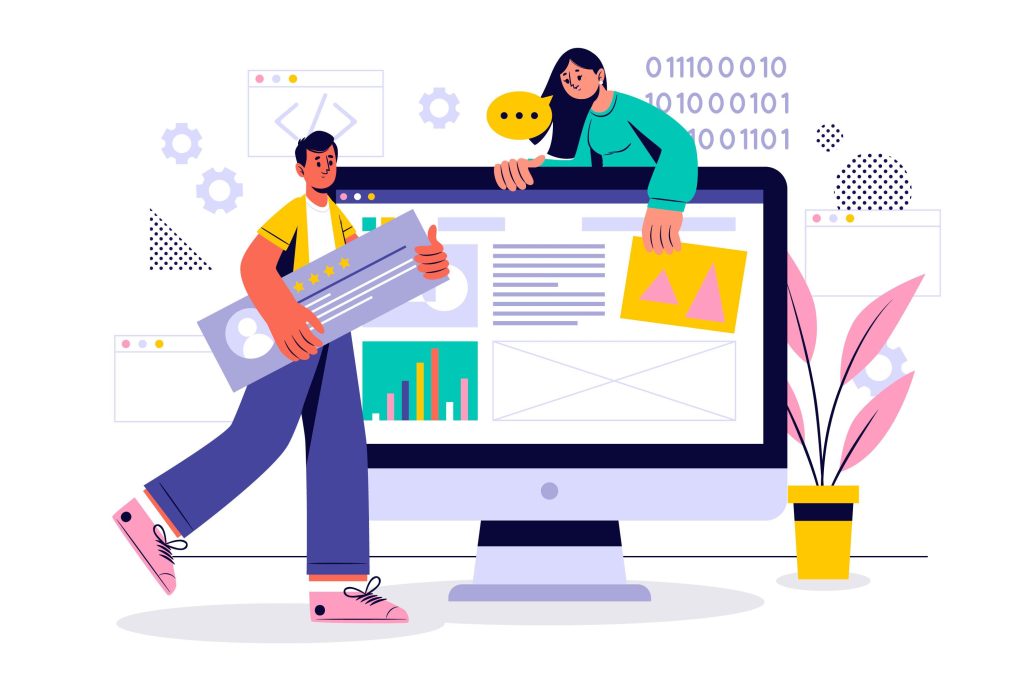As time passed by, we are aware about the environmental changes and CO2 levels continue to rise. There are possible innovative ways to minimize the carbon footprint for the digital industries to use. UI/UX design is exclusive, as in this article, we will be talking and explore about the sustainable and eco-friendly UI/UX practices.

- Minimalist Design. By eliminating unnecessary elements, reducing visual clutter, and optimizing layouts, designers can create interfaces that require fewer computational resources to render, leading to lower energy consumption and improved performance on devices.
- Energy-Efficient Color Schemes. Designers can select energy-efficient color schemes that minimize power consumption by using lighter colors, reducing screen brightness. Note: Avoid excessive use of high-energy colors such as pure white or bright red.
- Low-Impact Graphic Interfaces. Dark mode interfaces, which use dark backgrounds and lighter text, can significantly reduce energy consumption on devices with OLED or AMOLED screens, as they require less power to display dark pixels.
- Sustainable Behaviors. UI/UX designers can encourage sustainable behaviors among users by integrating eco-friendly features and design elements into digital products and services. Tip: Provide informative but inspiring content to encourage environmentally mindful decisions and actions.
In conclusion, promoting environmental sustainability in the digital space requires integrating eco-friendly and sustainable UX/UI approaches into the design process. Through the prioritization of minimalist design principles, optimization of digital assets, and promotion of sustainable behaviors, designers have the ability to develop digital products and services that are environmentally conscious while simultaneously meeting user demands.
